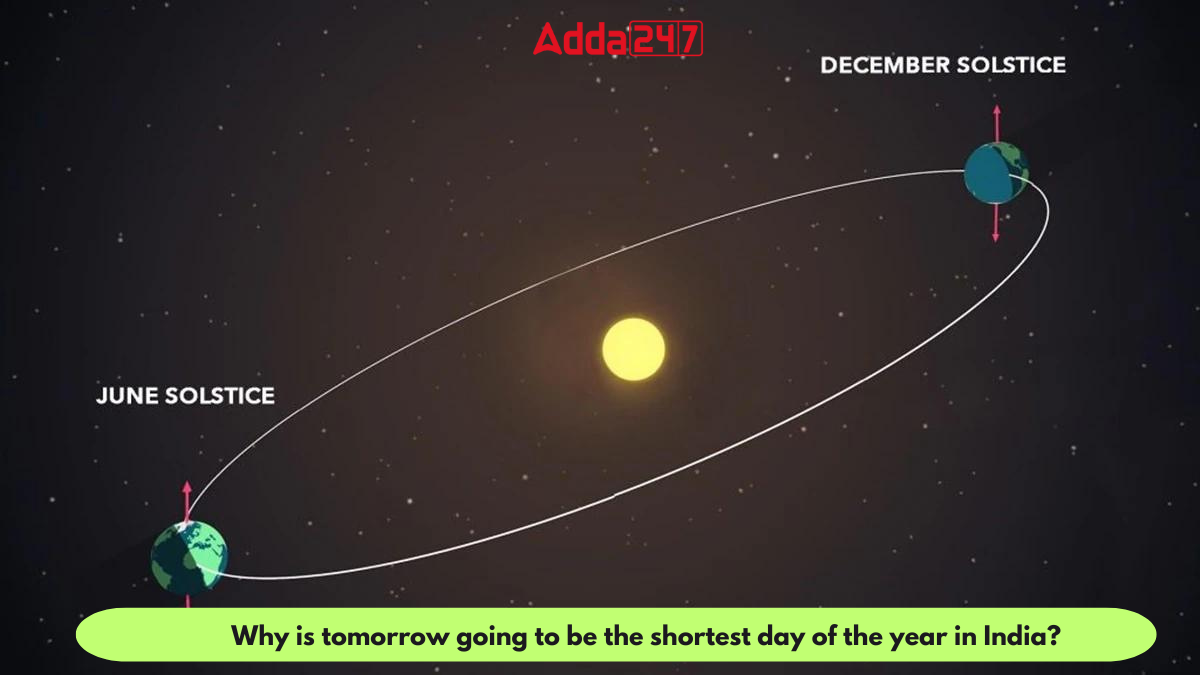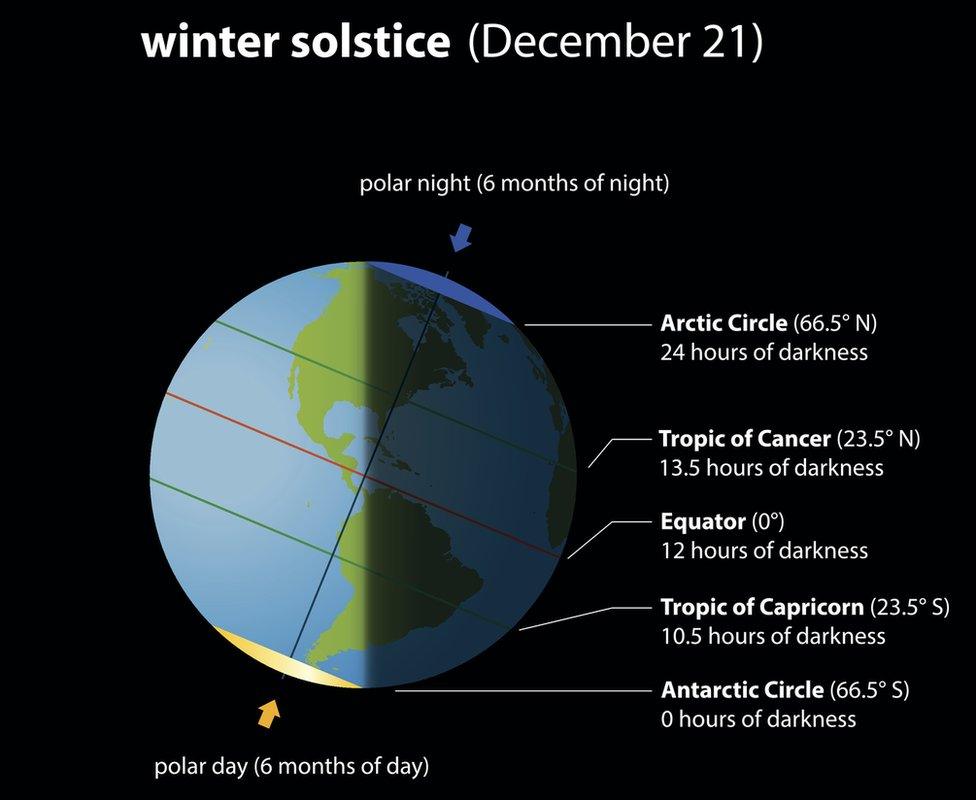Earth’s Sudden Speed-Up: Why the Shortest Day This Year Yesterday Is Raising Alarms
The shortest day this year yesterday has left scientists across the globe stunned. On July 10, Earth completed its rotation 1.36 milliseconds faster than the usual 24 hours, marking it as the quickest day of 2025 so far. While this number seems tiny, its implications are massive, potentially forcing a global adjustment to how we track time. Even more surprisingly, the record was broken just days earlier on July 5, which ran 1.66 milliseconds shorter than normal.
Until a few years ago, Earth’s rotation had been slowing down steadily due to the Moon’s tidal friction. But things began to change in 2020 when Earth started spinning faster than ever recorded. Since then, days have been getting shorter not by hours or minutes, but by milliseconds and that’s more than enough to throw critical systems off balance.
Unexpected Shift in Earth’s Rotation Surprises Timekeepers
This change is not just an astronomical curiosity. Coordinated Universal Time (UTC), which is the foundation for global clocks, may soon need a “negative leap second” a concept that’s never been applied before. If implemented, it would mean subtracting one full second from the world’s official timekeeping to match Earth’s increased speed. With all major systems like satellites, internet servers, GPS networks, and financial databases depending on precise timing, such an action could mirror the panic of the Y2K problem.
So, what’s making Earth race ahead like this? Scientists say it’s a mix of natural phenomena. One major cause is the interaction between Earth’s atmosphere and rotation. Seasonal atmospheric changes often slow Earth down slightly, but to maintain angular momentum, Earth speeds up in response. Also, the Moon’s position plays a key role when it’s closer to the equator, Earth’s rotation slows. When it’s farther away, Earth speeds up.
Could a Negative Leap Second Be the First in Human History?
Then there’s Earth’s core. The planet’s liquid inner core rotates differently from the solid outer layer. Recent findings suggest a possible slowdown in the liquid core, which is causing the outer shell to spin faster. This inner tug-of-war affects the planet’s spin, and we’re now seeing that reflected in these record-breaking short days.

Another subtle contributor is climate change. The melting of polar ice, especially in Greenland and Antarctica, shifts mass around the planet. This redistribution can change Earth’s balance and alter its spin, albeit in very small amounts. Still, it adds to the bigger picture of why Earth’s rotation is not as predictable as once believed. Also Read: IDES, MES, CWES Probationers Urged by President Droupadi Murmu to Embrace Technology, Sustainability, and National Vision: July 2025
The shortest day this year yesterday might seem insignificant, but it’s part of a trend that scientists are closely watching. If this pace continues, the first-ever negative leap second could be introduced by 2035 an event that would mark a new chapter in Earth’s timekeeping. This change would essentially push the atomic clock one second ahead, bringing it back in sync with the planet’s real-time rotation.
Experts now believe there’s a 40% chance of such a step being required within the next decade. And while milliseconds may not affect our daily routines, they’re critical in technology where precision matters.
Conclusion:
The shortest day this year yesterday wasn’t just a number it was a sign. A sign that Earth’s rhythm is shifting in ways we’ve never seen before. As our planet continues to surprise us, timekeepers and scientists are preparing for the possibility of rewriting the very time system we rely on daily.

